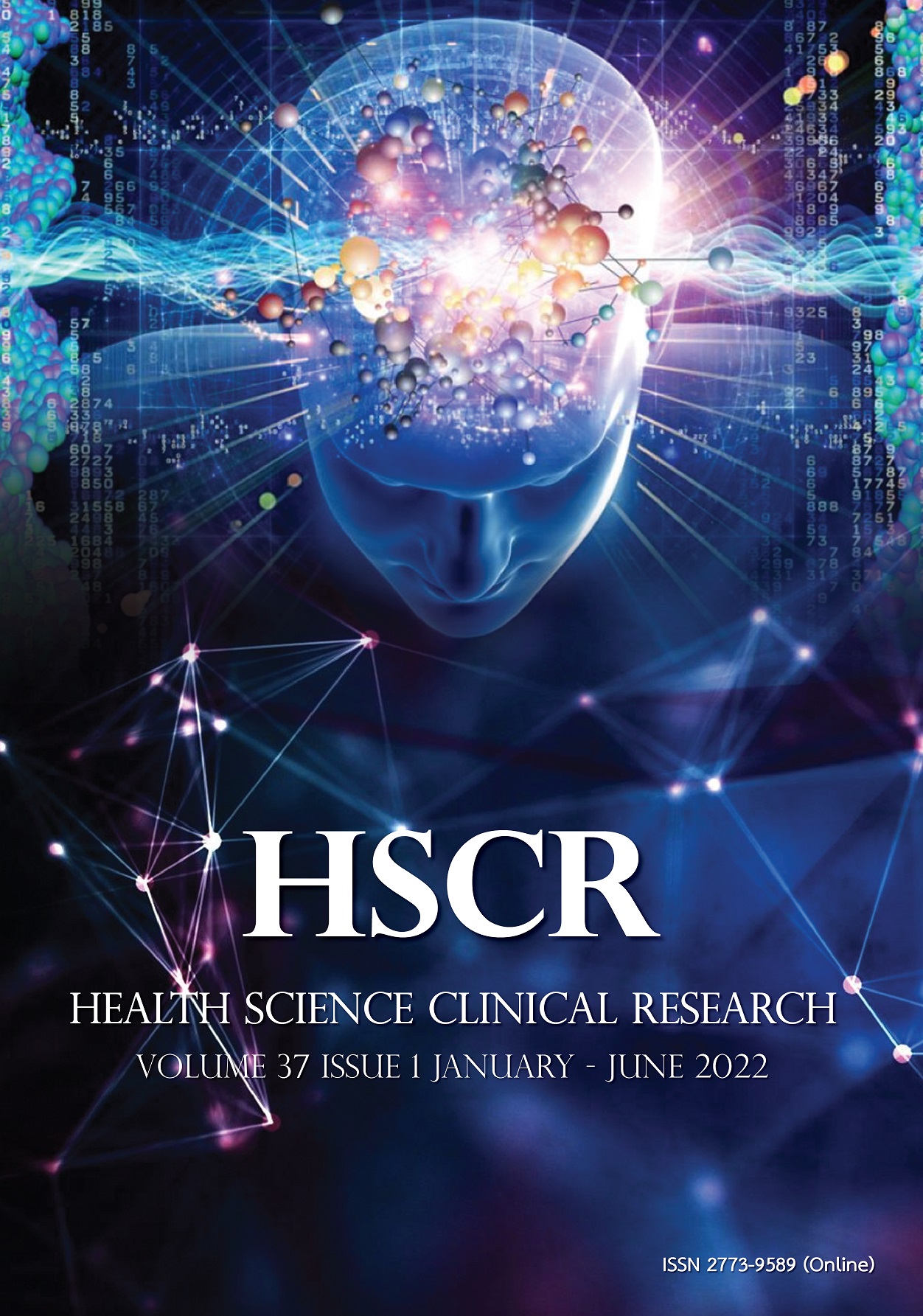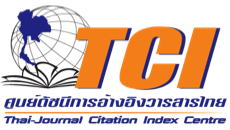The Comparison of Lactation Induction Efficacy Between Manual Breast Pumps and Electric Breast Pumps in Isolated Postpartum Mothers After Labor the Tertiary Care Uttaradit Hospital
DOI:
https://doi.org/10.1016/hscr.v37i1.256897Keywords:
breast milk expression, mother and infant sepation, sick Newborn, Breast pump deviceAbstract
ABSTRACT
Background: In sick newborns, breast milk is as necessary as disease treatment. Breast milk is a main food, vaccination, antibodies, and medicine for newborn. When the postpartum mothers and their families have to encounter with the illness of newborn and separation. Nurse and health worker who care for postpartum mothers closely, support the postpartum mothers for breastfeeding initiation expression for stimulation milk flow is necessary.
Objective: The study aimed the compare of lactation between manual breast expression and electric breast pumps in isolated postpartum mothers after labor.
Study design: Efficacy research, Intervention interrupted time series. Fifty mothers were randomized to
manual expression groups and breast pumps groups (25 per group), during November 2021–January 2022.
Methods: While in hospital, post partum mother care in two groups, and health education, information and benefit of stimulation milk flow after childbirth, teaching and demonstrate manual expression in two groups. At day 2 and 3 teaching and demonstrate in electrics breast pump group. completed a questionnaire and record from milk volume. Fisher’s exact probability test and mean difference
regression used for data analysis.
Results: The median (interquartile range, IQR) average milk volume on day 1 was 3 (2-5) and 1 (0-2)ml in manual expression groups and breast pump groups (p=0.001), respectively ,day 2 was 25 (13-33) and 4 (2-10.5)ml in manual expression groups and breast pump groups (p<0.001) day3 was 78 (50.2-154) and 14(5-25) ml in manual expression groups and breast pump groups (p<0.001)
Conclusion: During 3 day period of postpartum mothers, manual expression can increase milk volume better than breast pump. The nurse should provide efficiency ‘s role and proficient support the postpartum mothers for start breast milk stimulations. After that, can use a breast pump. These practices will enhance the sick newborns’ health to be safety.
Keywords: Breast feeding, breast milk stimulations, manual expression, electric breast pumps
References
Spatz DL. Ten steps for promotion and protecting breastfeeding for vulnerable infants. J Neonatal Nurs.2004; 18(4):385-96
Panyapayatjati C. Breastfeeding sick babies[Internet].[ Cited 2022 Jan 5]. Avariable from: https://www.thaihealth.or.th/Content/3230-breastfeedingsickbabies-.html.Thai.
Queen Sirikit National Institute of Child Health. Sick infant need to breastfeeding for increased immune [Internet]. Thai Health Promotion Foundation; 2014.[Cited 2021 Dec 27]. Available from: http://www.thaihealth.or.th/Content/23422-20.html Thai.
World Heath Organization (WHO). Increasing commitment to breastfeeding through funding and improve policies and programs [internet].2021.[Cited 2021 Dec 20].Avariable from: https://app.who.int/iris/bitstream/handle/10665/326049/WHO-NMH-NHD-19.22-eng.pdf?sequnce=1&isAllowed=y.
Siriwanarangsun P. The role of the Ministry of Health to promote breastfeeding. In: Siritanaratkul S. editor. The 5th breastfeeding academic national forum. Bangkok :Breastfeeding Organization; 2015; p.31-3. Thai.
Sawasdivorn S. Breastfeeding situation in Thailand. In: Sawasdivorn S, Thussanasupap B. editors. Substance from international conference: Breastfeeding sick babies by Prof. Dr. Diane L. Spatz. Bangkok: Breastfeeding Organization; 2013;p.19-22. Thai.
Ratanasongkram P. Predictors of milk expression behavior in mothers of premature infants. Bangkok:Chulalongkorn University; 2008.130p. Thai.
Sivichi A. Successful breastfeeding experiences of mothers with preterm infant. Bangkok: Chulalongkorn University; 2008.140 p. Thai.
สุดาทิพย์ โฆษิตะมงคล, ปายณ์ ปรมกุล, และ ศิริลักษณ์ ถาวรวัฒนะ. การบีบน้ำ นมและคงสภาพน้ำ นม (initiation and maintenance of milk sypply). Avariable from https://library.thaibf.com/bitstream/handle/023548404.11/506/TBCF-research.
ศศิกานต์ กาละ และ รังสินันท์ ขาวนาค. การเลี้ยงลูกด้วยนมแม่ในมารดาหลังคลอดที่ทารก ป่วย.วารสารพยาบาลสงขลานครินทร์ 2559; 36:196-207.
Downloads
Published
How to Cite
Issue
Section
License
Copyright (c) 2022 Health Science Clinical Research

This work is licensed under a Creative Commons Attribution-NonCommercial-NoDerivatives 4.0 International License.
The names and email addresses entered in this journal site will be used exclusively for the stated purposes of this journal and will not be made available for any other purpose or to any other party.















